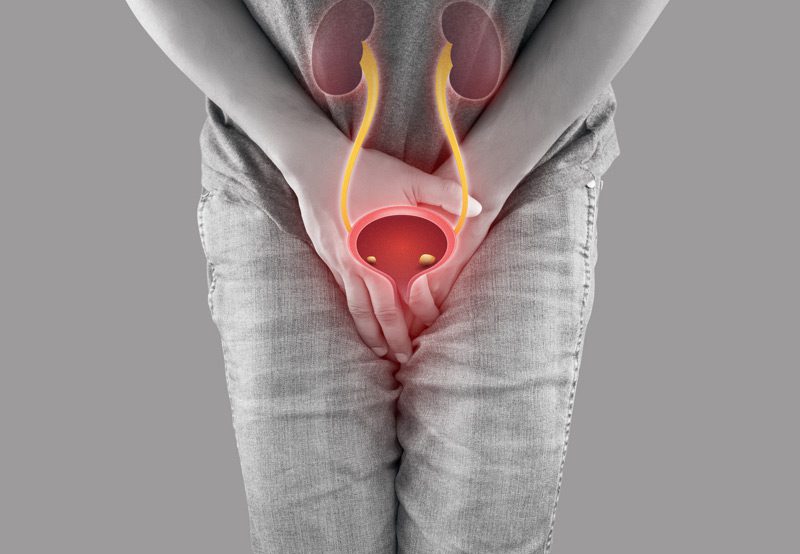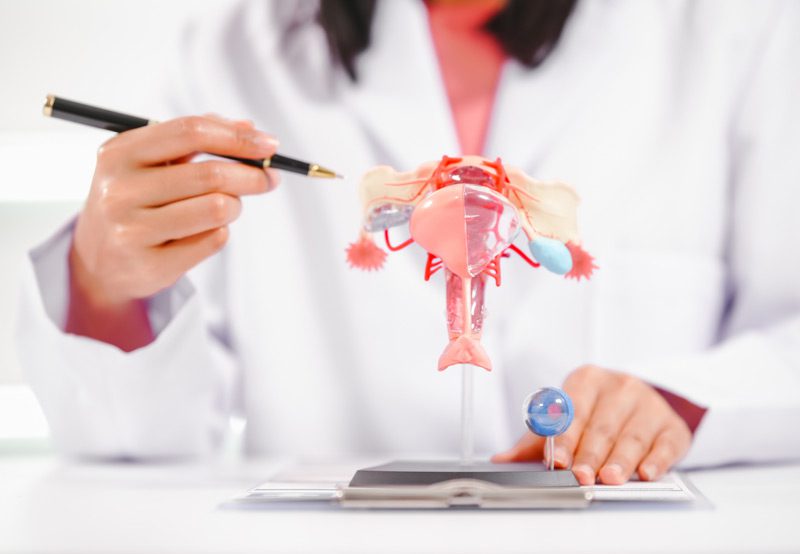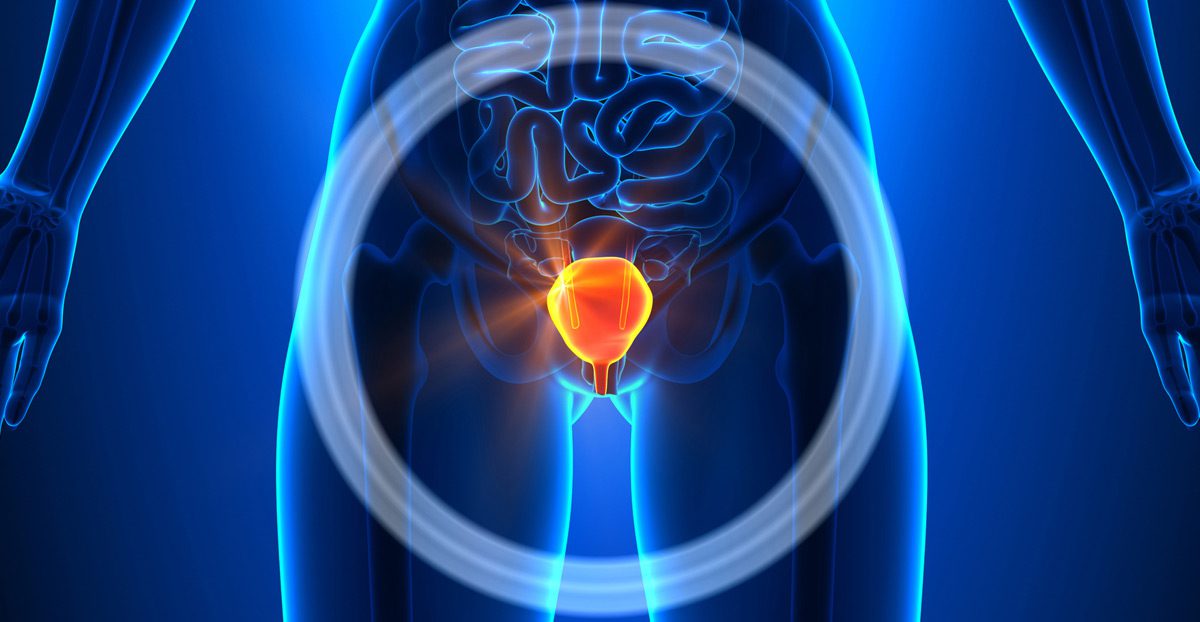

Interstitial cystitis (IC), also known as bladder pain syndrome, is a chronic condition characterized by pelvic pain, pressure, and urinary frequency associated with bladder irritation. The exact cause of IC is unknown, but it is believed to involve a combination of factors that may affect the bladder lining and nerve signals. Symptoms often include discomfort or pain during bladder filling, relief after urination, frequent urination, and urgency. The pain can vary from mild to severe and may fluctuate over time. IC is more common in women but can also affect men.
Causes of Interstitial Cystitis (IC)
Some possible causes of IC include:
- Bladder Lining Defects: Damage or defects in the bladder’s protective lining may allow irritating substances to penetrate the bladder wall, causing inflammation and pain.
- Autoimmune Response: The body’s immune system may attack bladder tissue, leading to chronic inflammation and irritation.
- Nerve Dysfunction: Abnormal nerve signaling in the bladder may cause a sensation of pain and urgency, even when the bladder is not full.
- Infection or Injury: Previous bladder infections or pelvic trauma may trigger the development of IC.
- Genetic Factors: Family history or genetic predisposition may increase the likelihood of developing IC.

Diagnosis
A healthcare provider may diagnose IC through:
- Symptom History: A detailed discussion of urinary symptoms, pain patterns, and triggers for discomfort.
- Pelvic Exam: A physical examination to rule out other conditions and assess any tenderness or abnormal findings.
- Urinalysis: A urine test to exclude urinary tract infections or other causes of urinary symptoms.
- Cystoscopy: A procedure in which a camera is inserted into the bladder to visually examine the bladder lining for signs of inflammation or ulcers.
- Bladder Biopsy: In some cases, a small tissue sample may be taken from the bladder to check for abnormalities.
Treatment Options
Treatment for IC may include:
- Pain Management: Over-the-counter pain relievers (NSAIDs) or prescription pain medications to reduce discomfort.
- Bladder Instillations: Medications instilled directly into the bladder to help soothe irritation and inflammation.
- Oral Medications: Drugs such as antihistamines, tricyclic antidepressants, or pentosan polysulfate sodium to reduce pain, frequency, and urgency.
- Dietary Changes: Avoiding foods and drinks that may irritate the bladder, such as caffeine, alcohol, and acidic foods.
- Cystoscopy with Hydrodistension: A procedure in which the bladder is filled with fluid to stretch and relieve pressure, sometimes providing symptom relief.
- Pelvic Floor Physical Therapy: Targets pelvic muscle tension contributing to bladder pain and urgency in IC; helps reduce discomfort by retraining and relaxing the pelvic floor.
- Neuromodulation Therapy: Electrical stimulation of the nerves to reduce bladder pain and urgency.
- Surgery: In severe cases, surgical options such as bladder augmentation or bladder removal may be considered.
Next Steps
If you are experiencing symptoms of IC, including pelvic pain, frequent urination, or urgency, consult with your doctor for a thorough evaluation. While there is no cure for IC, treatment options are available to manage symptoms and improve quality of life. Early diagnosis and intervention can help prevent symptom flare-ups and improve bladder function.
